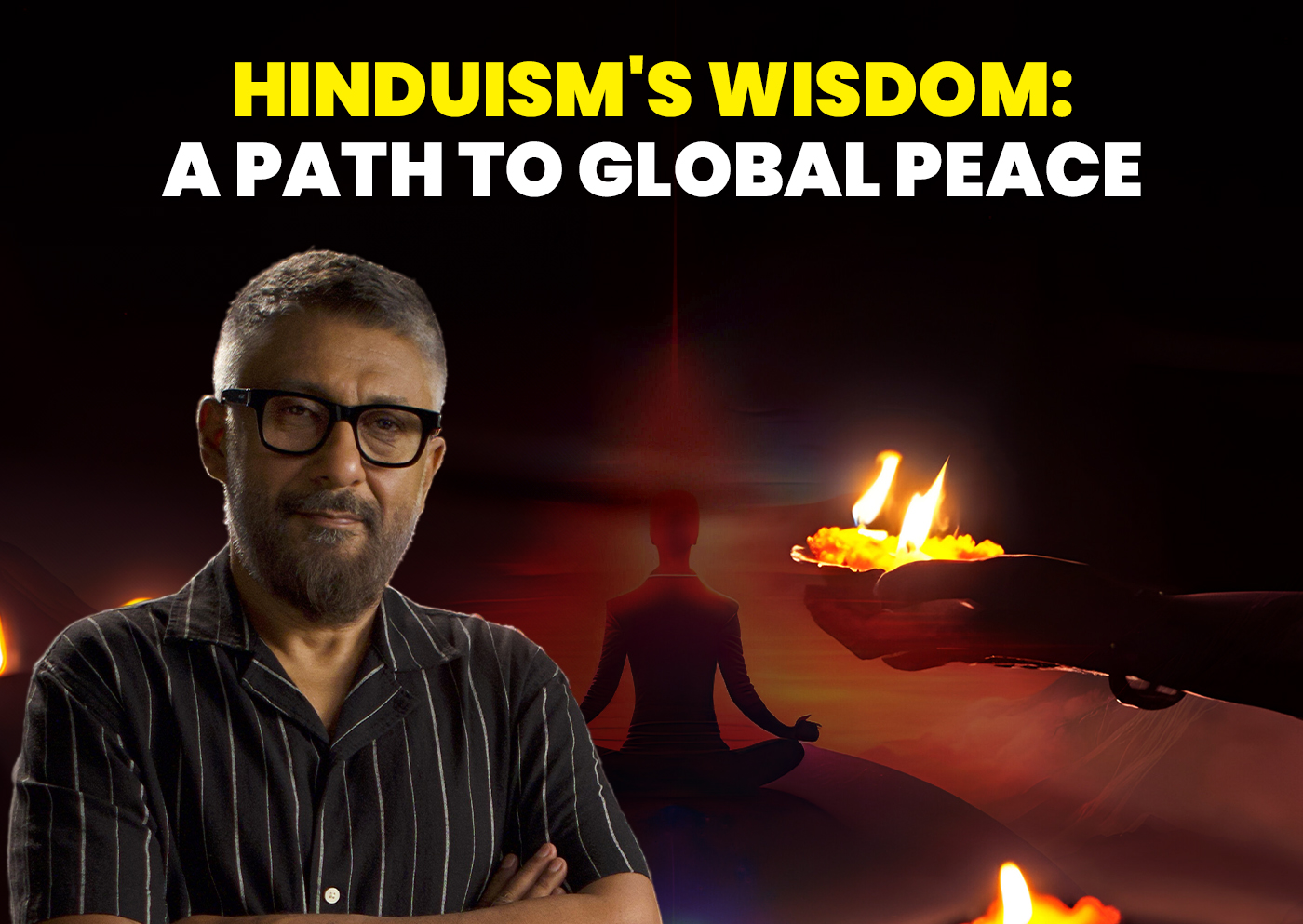

Nastik vs. Aastik: Unveiling the Spectrum of Indian Belief Systems
Confused about Nastik and Aastik? Dive deeper! Explore the rich tapestry of Indian Nastik philosophies, from questioning traditions to embracing the Vedas.
Vivek Agnihotri’s recent video has sparked a fascinating conversation about two fundamental pillars of Indian philosophy: Nastik and Aastik. These terms, deeply rooted in the historical and cultural context of India, are often used in binary opposition, but the reality is far more nuanced. Understanding these philosophies is not just an academic exercise; it’s crucial for navigating the complexities of faith and belief in modern India.
Nastik: Questioning the Status Quo
Nastik, meaning “not believing,” refers to a diverse range of Indian schools of thought that challenge the authority of the Vedas, the ancient scriptures considered the foundation of Hinduism. Charvakas, Jains, and Buddhists are all classified as Nastik traditions.
As Agnihotri points out in the video, Nastik philosophies are not synonymous with atheism. While they may not subscribe to the concept of a personal God or the rituals outlined in the Vedas, they offer rich philosophical frameworks for understanding the world and our place within it.
For instance, Charvakas emphasises materialism and empiricism, advocating for a life focused on reason and experience. Jainism, with its emphasis on nonviolence and ahimsa, offers a compelling ethical framework. With its core tenets of the Four Noble Truths and the Eightfold Path, Buddhism provides a roadmap to overcome suffering and achieve enlightenment. Similarly, the Nyaya school of thought, a Nastik philosophy, focuses on logic and reasoning, while the Vedanta school, an Aastik philosophy, explores the nature of reality and the concept of Brahman.
Aastik: Upholding the Vedic Tradition
Aastik, meaning ‘believing,’ encompasses the vast spectrum of schools of thought that accept the Vedas as a source of divine knowledge. This term is often used to refer to those who follow the Vedic traditions, including various forms of Hinduism. Aastik philosophies delve into the nature of reality, the concept of Brahman (ultimate reality), and the path towards moksha (liberation).
Within Aastik traditions, there’s a rich tapestry of beliefs and practices. Some schools emphasize devotion (bhakti) to a personal God. In contrast, others focus on the path of knowledge (jnana) or action (karma). This diversity reflects the inherent flexibility and adaptability of Aastik philosophies.
Beyond Duality: A Spectrum of Belief
Recognizing that the Nastik-Aastik divide is not a rigid line is essential. Many schools of thought borrow from both sides. For example, Samkhya, an Aastik philosophy, presents a dualistic view of reality, separating spirit (purusha) from matter (prakriti). This concept finds resonance in certain Buddhist traditions.
Similarly, some Nastik schools, like Jainism, acknowledge the existence of divine beings but reject the idea of a creator God. This fluidity highlights the dynamic nature of Indian thought, where philosophies have evolved and interacted over centuries.
Relevance in Modern India
In today’s India, where social reform, religious tolerance, and scientific progress are at the forefront, understanding these philosophies is not just a historical exercise, but a contemporary necessity. Nastik traditions remind us to question established beliefs, prioritize reason and logic, and embrace ethical principles like nonviolence.
Aastik philosophies offer valuable insights into introspection, self-realisation, and the importance of spiritual growth. They also highlight India’s rich cultural heritage, a land where faith has always coexisted with intellectual inquiry.
A Call for Open Dialogue
As Agnihotri underlines, fostering a climate of open dialogue is not just beneficial, but essential. We can create a more inclusive and intellectually vibrant society by appreciating the strengths of both Nastik and Aastik traditions. This doesn’t require blind acceptance of any philosophy; it encourages critical thinking, respectful discourse, and a willingness to learn from diverse perspectives.
Understanding Nastik and Aastik philosophies is not just about the past; it’s about shaping a future where reason and faith coexist harmoniously. By appreciating the spectrum of Indian belief systems, we can foster a society that values intellectual inquiry, ethical conduct, and the pursuit of truth in all its forms.
Beyond the Video: Further Exploration
Here are some resources for those interested in learning more:
Books:
“The History of Hindu Philosophy” by Klaus K. Klostermaier, “The Heart of Hinduism” by Swami Vivekananda
https://egyankosh.ac.in/handle/123456789/81043 (eGyanKosh)
Websites:
Nastik Philosophy:
https://www.yogapedia.com/definition/10444/nastika#google_vignette
Aastik Philosophy:
https://www.yogapedia.com/definition/7525/astika
Comparison of Nastik and Aastik:






